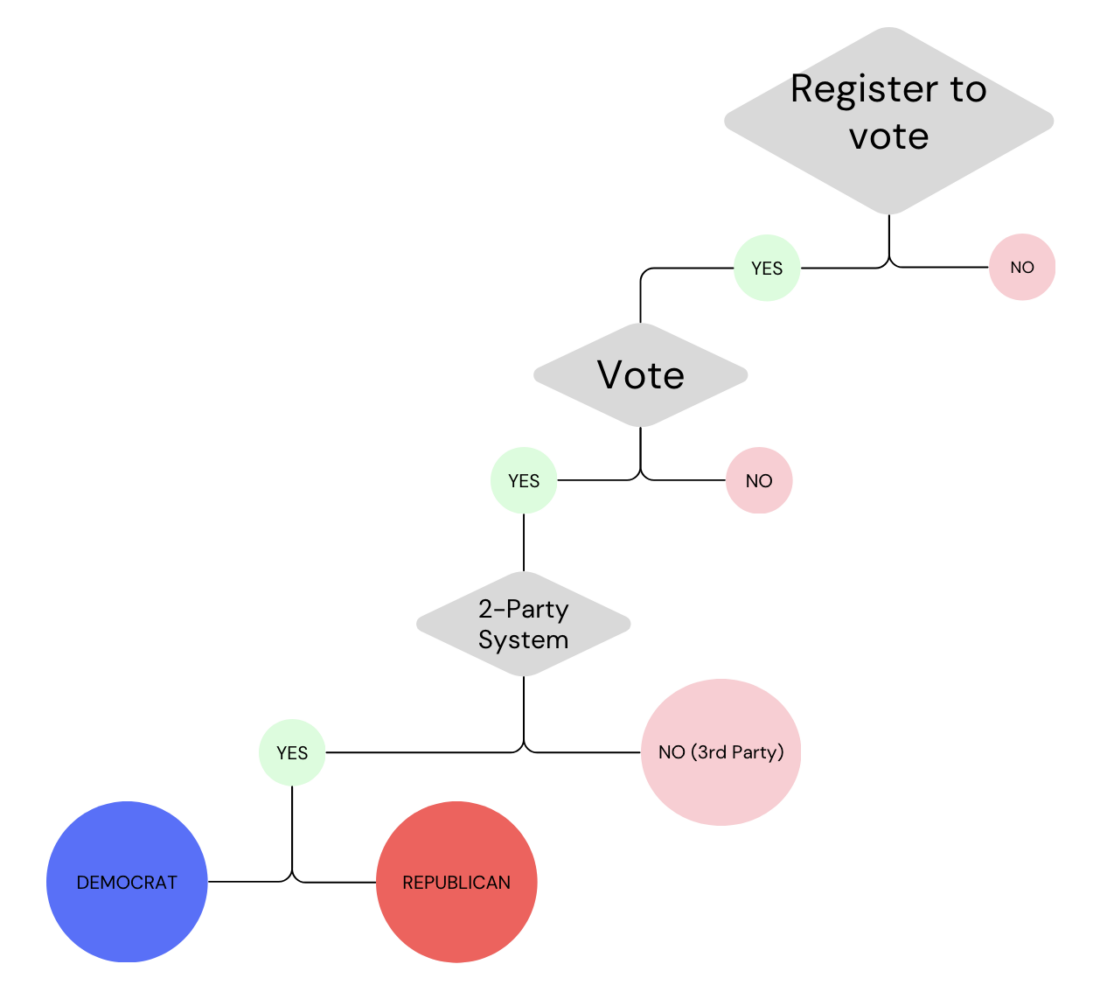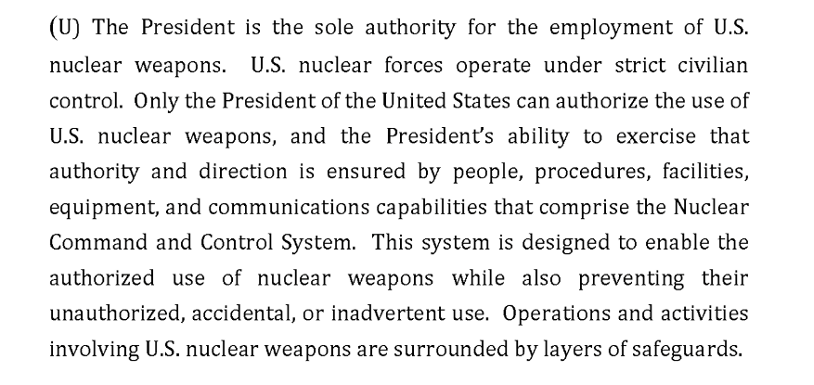I started to write this blog on Wednesday, July 24th, three days after President Biden announced that he would no longer run for a second presidential term, and said he wanted to pass the baton to current Vice President Kamala Harris (Biden Drops Out and Endorses Kamala Harris: Election 2024 Live Updates). In no time, the political atmosphere changed. In two days, VP Harris was able to restructure the Democratic party to make herself the only viable candidate and the money followed the changes. She will most likely be officially declared the Democratic candidate in the first few days of August and is now vetting a few candidates to serve as her Vice President. The party gave her an August 7th deadline to declare her preference. By the time this blog is posted, the situation should be much clearer.
The American presidential election is a binary operation in the sense that the options are either win or lose. As the 2016 presidential election showed, a majority popular vote doesn’t guarantee a win in a presidential election. The US votes for an Electoral College that represents states with a number of electors equal to the number of members they have in Congress (House and Senate). The minimum number of members that each state can have in the Electoral College is three (two senators and one congressman), no matter how small the state is. There is also the matter of US territories and Washington, DC, which are not states. Washington DC gets three electors and US territories get none!
Every eligible voter has binary options that come in stages.

Figure 1- Stages of binary options in an election
The first stage is whether to register to vote or not. Every registered voter also has a binary option when the election comes (to vote or not to vote). The electoral system in the US is called a two-party system:
The electoral system in the U.S. is called a two-party system. That means that two parties dominate the political field in all three levels of government. In the U.S. these two parties are the Republican Party and the Democratic Party. Other parties, often generally termed “third parties”, in the U.S. include The Green Party, Libertarians, Constitution Party and Natural Law Party.
As to the two main parties:
American electoral politics have been dominated by successive pairs of major political parties since shortly after the founding of the republic of the United States. Since the 1850s, the two largest political parties have been the Democratic Party and the Republican Party—which together have won every United States presidential election since 1852 and controlled the United States Congress since at least 1856.[1][page needed] Despite keeping the same names, the two parties have evolved in terms of ideologies, positions, and support bases over their long lifespans, in response to social, cultural, and economic developments—the Democratic Party being the left-of-center party since the time of the New Deal, and the Republican Party now being the right-of-center party.
So, if this tradition continues, casting our votes becomes the third stage of a binary act: choosing one of the two big parties or one of the “third parties.” Choosing one of the third parties becomes equivalent (in terms of contributing to the final result) to not voting.
Let us now return to the present. Before President Biden’s withdrawal from the presidential race and especially after the only debate that he had with ex-president Trump on June 27th, many complained that they didn’t like the choices that they had. But in polls between the two, Biden’s support was steadily declining, and Trump’s support was on the rise. I heard many voices announcing prospective contact with real estate agents in New Zealand and other intentions to leave the country in case of Trump’s victory. I was no different, but I tried to convert my thinking to a binary mode to figure out the best- and worst-case outcomes of either of the two candidates winning the election on November 5th. I expressed this binary equivalent through the popular expression “Hope for the best, prepare for the worst.” Below is the AI definition (through Google) of the expression:
“Hope for the best, prepare for the worst” is a phrase that means to be optimistic while also being prepared for all possibilities. It’s a mantra that’s been popularized by poet and activist Maya Angelou and speaker and sales expert Zig Ziglar. The phrase is also part of exposure therapy, a type of cognitive behavior therapy that involves:
-
Envisioning every possibility
-
Developing a way to overcome each possibility
-
Gradually making the situation a reality
-
The idea is that even if the worst happens, you’ll know how to deal with it
From my perspective, the “best” was a continuation of present policies, and the “worst” was unpredictability. For the binary presentation, I didn’t care about details. In 2020, after Biden’s victory over Trump, he “simply” reversed many of the policies that were instituted during the Trump presidency. Taking climate change as an example close to my heart, Trump took us out of the Paris Agreement as soon as he had the power to do so, and Biden got us back into it as soon as he had the power to do so. In the process, we lost four years of mitigation and/or adaptation to climate change. It was a disaster for those who were directly impacted but most people could live with the delay (as long as the extreme weather didn’t hit them). The same applied to other governmental decisions. The situation with halted mitigation and adaptation is entirely different for irreversible impacts. In the next four years, climate change is predicted to have irreversible impacts but other triggers—such as a nuclear war or a major global pandemic more deadly than the one that we have just experienced—are serious threats that a change in government cannot fix. We are now hearing, from leaders in Russia and North Korea, about possible scenarios for triggering these disasters. My binary decision in the vote is a reflection of the way I predict the candidates will respond to such threats. If such a global disaster is triggered, real estate agents in New Zealand will not be of much help.
American presidents are very powerful people. The American Constitution gives the President of the United States unparalleled constitutional power:
 Since the Democratic party is now in the middle of the process of finalizing its candidates for president and vice president in the upcoming November election, it is no surprise that various people would like to choose the candidates based on their priorities. These include the following, with related links to MSN articles:
Since the Democratic party is now in the middle of the process of finalizing its candidates for president and vice president in the upcoming November election, it is no surprise that various people would like to choose the candidates based on their priorities. These include the following, with related links to MSN articles:
- Settling the present Hamas-Israel war to their liking (I worked to elect Kamala Harris. She must break with Biden on Israel and Palestine)
- Giving their group a larger voice in the process (Black Lives Matter demands DNC host virtual primary)
- Improving their personal economic standing (‘I don’t care’: I’ll never retire and I’m broke. What difference would Donald Trump or Kamala Harris make to my finances?);
- Firing somebody that they don’t like (LinkedIn co-founder Reid Hoffman gives $7M to Harris — while demanding she fire FTC chair Lina Khan).
I understand that people have different political priorities. However, from my perspective, for the reasons that I have outlined above, the only issue in the November 5th presidential election should be whether you want Donald Trump to be the next president of the United States. If we want to pursue other issues, we should do it through the congressional and local elections.
